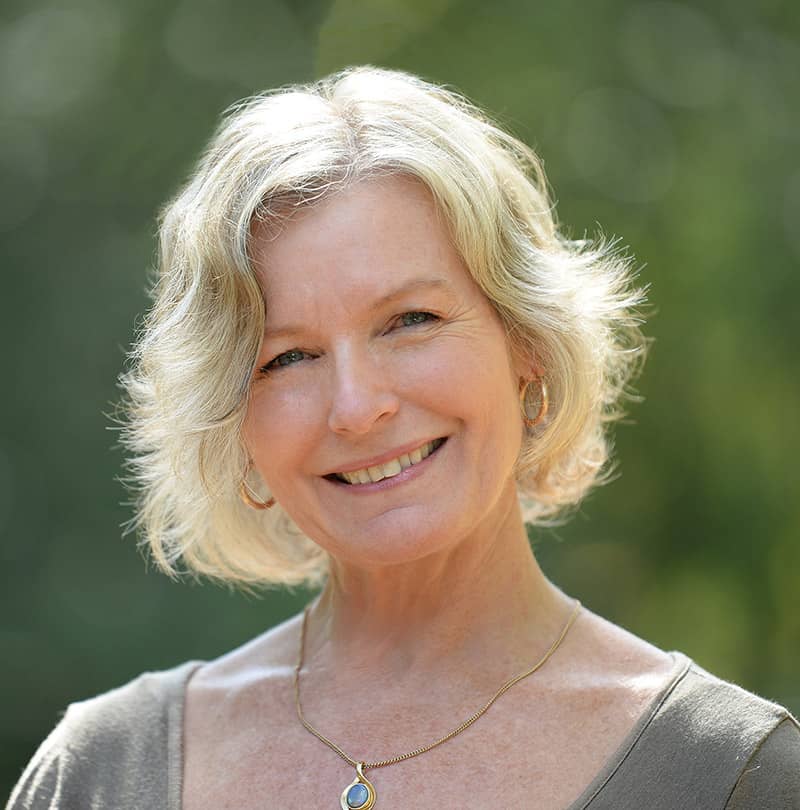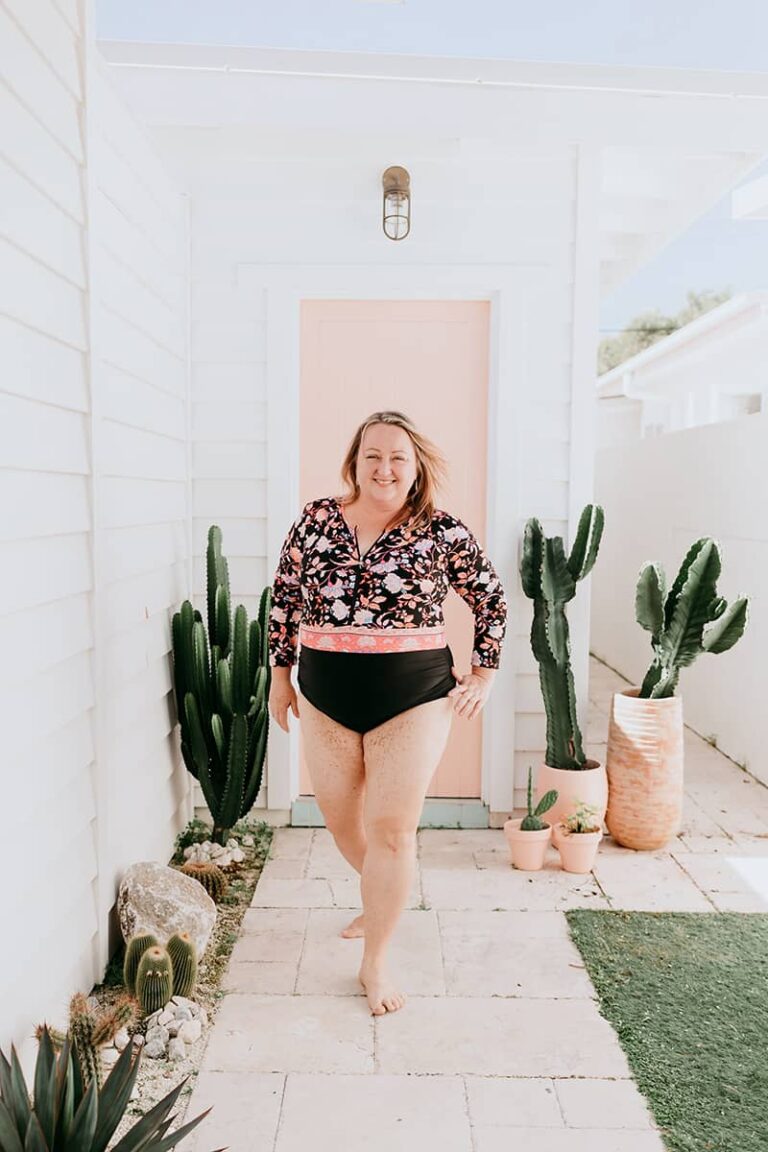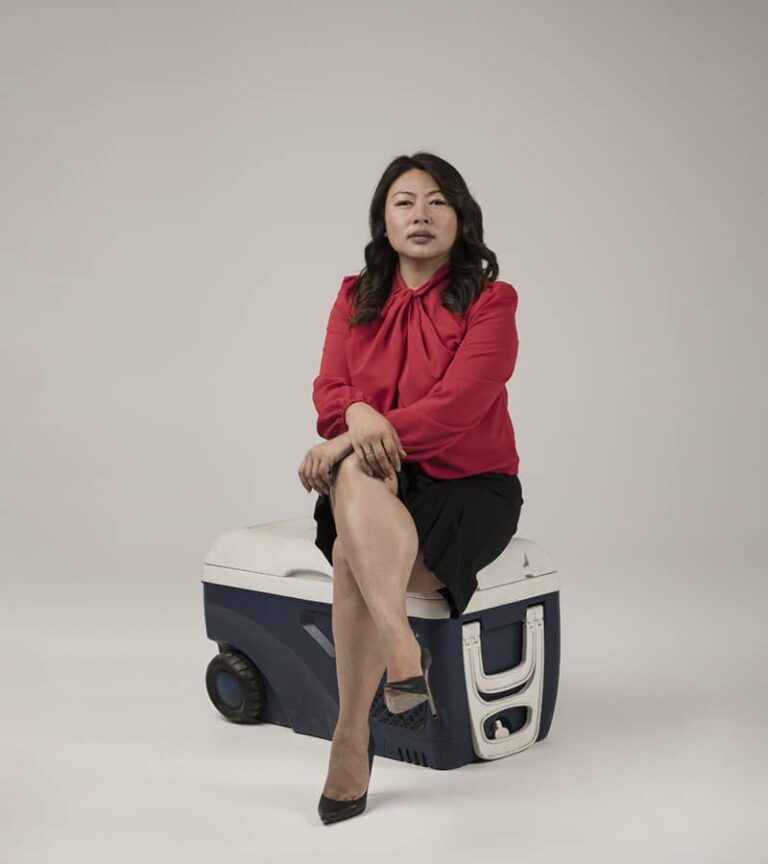I was born and raised on a sheep station in Australia’s outback near Coober Pedy, South Australia where as a child I learned to ride a motorcycle and developed a love of the desert.
Straight out of school, age 18, I began working as a radiation safety technician at a uranium mine in the Northern Territory. A decade later feeling that I wanted more from life, I decided to travel the world by motorcycle. My plan was to ride through Africa, then Central Asia and through China to Southeast Asia.
I spent 14 months in Africa and when I was in Mali, I met someone and spent a night with him. When I packed my motorcycle for Africa, I didn’t pack condoms. I had no intention of having sex. The Grim Reaper ad had been on our television screens before I left, and I knew all the dangers of HIV. I continued my travels, and I eventually ended up in London working as a motorcycle courier to fund the next leg of my world motorcycle adventure, which would take me through Russia and Central Asia.
A year later, I decided that I wanted to learn conversational Russian at Moscow University while there and a HIV test was a requirement for a three-month visa. When the test came back positive it was a huge shock. I was healthy and vibrant. I’d forgotten all about that one-night stand in Mali. Yet, in 1995, age 31, I was diagnosed with HIV, a time when death from AIDS was still pretty much inevitable.
A few weeks later in London, I attended a HIV women’s support group who urged me not to take AZT, one of the only available medications at the time, because it was given in high dosages and had toxic side effects such as muscle wastage. My doctor agreed that I didn’t need any medication yet, as I was still healthy. But they reassured me, scientists were finding new treatments all the time that could be less toxic and more effective.
Journeying on with HIV
Nearly a year after my diagnosis and feeling well, I decided to continue with my travel plans. I rode across the Silk Road to Vietnam – the only medication I carried were antibiotics a HIV specialist had given me in London, as a precaution if I contracted PCP pneumonia. This was common and also fatal among people with HIV who were not on treatment and with a damaged immune system. I did become ill with PCP, so that doctor saved my life.
I decided not to share my diagnosis with family and friends back in Australia, out of fear of rejection. This was my battle and I lived in hope that by the time I reached home, new treatments would come along.
For a while the beautiful scenery and the kindness of people I met along my travels dulled the doom and gloom of the death sentence sitting constantly on my shoulder. But when I reached Hanoi, the virus had severely weakened my immune system and I was unable to fight infections. I had lost weight, my hair was falling out and I had a large purple patch on my left shoulder, known as Kaposi sarcoma, an AIDS-defining illness that can affect the lymph nodes and organs, such as the liver, spleen, lungs, and the digestive tract. I returned to Australia immediately and admitted myself to Cairns Base Hospital.
The doctors informed me that new medications had been discovered with few to zero side effects and I immediately began treatment. Antiretroviral (ARV) treatment is a combination of several antiretroviral medicines, which works by stopping the virus replicating in the body and allows the immune system to repair itself and prevent further damage.
Within 10 days of receiving the medication, I was well enough to leave hospital and I went to stay with my parents who lived near Cairns. They were none the wiser about the near-death ordeal I had just been through. I still feared they would reject me, so I decided to wait until the medicines took full effect and would allow me to lead a long and happy life, before telling them.
Three months later, in March 1998, I enrolled in a journalism degree at university. I also acted as editor of the student magazine and took on a cadetship with a local newspaper. I was now aware of my own mortality and life needed to be lived.
Three months into my studies I felt extremely healthy, and I had no side effects from the medications, which consisted of two antiretroviral pills in the morning and four at night, a dosage I continue to this day. Importantly, based on tests at the time and to this day, the virus remains undetectable in my body, which also means it’s untransmittable.
Consequently, in 1999 I decided that I didn’t want to live with the secret of being HIV positive anymore, so I came out to my parents. They didn’t reject me and in fact were upset that I hadn’t told them earlier, so they could have supported me.
Creating my family
In 2001, I met my partner through an online dating site called Positive Singles. He was also living with HIV and was from Zimbabwe, so I decided to defer my journalism studies for a year, and I moved there to get to know each other. I was also offered a cadetship with a newspaper in Harare.
When after a year, the country’s economy began to fall apart and my place of employment was bombed, realising that we wanted to be together, we married and made our way back to Cairns where I completed my studies. After graduation we moved to Melbourne and I worked first as a journalist, then in public relations.
I wasn’t planning to fall pregnant because I thought that I would transmit HIV to my children. But when I did in 2004, my doctor reassured me there was no risk of my baby contracting HIV while I was on treatment with an undetectable viral load. After giving birth to my son, I also went on to have twin boys in 2007. All their births were via Caesarean and all three boys are HIV-negative. At the time I couldn’t have a natural birth or breastfeed, because the science didn’t believe it was safe.
My three sons know that I’m living with HIV. I told my eldest in 2016 when he was 13 and my first book was published, entitled Ubuntu: One Woman’s Motorcycle Odyssey Across Africa. I was very forthright about what HIV is and my lived experience. A few years later he even ended up explaining to a few of his classmates what HIV was during school sex health education.
While writing the book, I had struggled with including my HIV diagnosis. But if I didn’t, I felt that I would be perpetuating HIV-related stigma and here I was in a position to use my voice to fight stigma. Once my secret was out to the world it was such a huge relief and definitely freeing. Living two lives and being two people in those early years was exhausting. Now I could live fully as myself which included receiving admiration from my friends and extended family. Equally I told my twins when they got a bit older and they’ve both been fine with it.
In the past two decades as communications and engagements coordinator for Positive Women Victoria, a support and advocacy organisation for women living with HIV, my advocacy work has included sharing my lived experience in schools to Year 10 students during sex health education, I host the podcast Our Stories: Ending HIV Stigma and I also co-wrote a breastfeeding resource for women living with HIV.
I’m also a volunteer on the advisory board of the Melbourne HIV Cure Consortium, a member of the National Network of Women Living with HIV Australia which advocates for policy change and as a board member with the International Community of Women living with HIV Asia Pacific, that helps the 20.2 million girls and women worldwide who live with HIV gain access to life-saving treatment.
Living a full life
Having HIV has made me more conscious of my health. I exercise, I eat healthy food, I don’t smoke and I only drink socially. I also only do things that I love and for me being part of the motorcycle community is one of the most meaningful things in my life.
As an advocate, the greatest challenge I see women living with HIV face, is creating an intimate relationship. They fear what a person may do with that information once they’ve told them. My advice is to always wait for about two weeks. Firstly meet the person, get to know them and let them get to know you and if you like them, then tell them.
My aim is to educate people including those in the medical profession about U=U, that ‘undetectable means untransmittable’. I also want to build resilience in women to feel confident and to share with family and friends about living with HIV without feeling the fear of being rejected.
Even though I have HIV and it’s a big part of my life, it doesn’t define me. I continue to live an enriched life and part of that is contributing to improving the lives of women with HIV – the most significant and worthwhile work I could ever do.
Red Ribbon for Love
The red ribbon is the universal symbol of awareness and support for people living with HIV. The ribbon emerged in 1991 when 12 artists gathered in a gallery in New York to discuss a new project for Visual AIDS, a New York HIV-awareness arts organisation. At the time, HIV was highly stigmatised, and the suffering of those living with HIV remained largely hidden. The artists wanted to create a visual expression of compassion for people living with HIV. They took inspiration from the yellow ribbons tied on trees to show support for the US military fighting in the Gulf War. Additionally, they decided that the elegant loop of the ribbon shape was easy to make and replicate. They avoided traditional colours associated with the gay community, such as pink and rainbow stripes, because they wanted to convey that HIV was relevant to everyone. They chose red for its boldness, and also for its symbolic associations with passion, the heart and love. In the early days, the artists made the ribbons themselves and distributed them around New York art galleries and theatres. Within weeks, the red ribbon was worn by Jamie Lee Curtis at the Emmys; after that, it wasn’t long before the symbol became universally recognised.
If you are a woman living with HIV, for support visit positivewomen.org.nz
Awareness of HIV
There isn’t a vaccine or cure for HIV, but antiretroviral drugs can help protect the immune system and keep the viral load at undetectable levels which also means HIV is untransmittable, known as U=U.
It’s estimated that 3,033 people are receiving treatment for HIV in Aotearoa. In Australia approximately 29,460 people live with HIV.
Jane Bruning, National Coordinator for Positive Women, Aotearoa, says that the U=U campaign, adopted by many leading HIV organisations including the World Health Organization (WHO), helps to increase awareness that HIV cannot be transmitted sexually to others or during pregnancy or breastfeeding to a child when a person is on HIV medications, is supported by their medical team, follows the guidelines and has an undetectable viral load.
“Although women living with HIV can now have a natural birth and make an informed choice to breastfeed, the Government recommendations remain that women with HIV should not breastfeed and because they haven’t endorsed the U=U campaign, most women are opting not to breastfeed out of fear and of the stigma attached,” says Bruning.
“We want both the health department and the Government to endorse U=U, so mums receive more humane and equal treatment throughout their pregnancy and beyond and are respected and supported by trained health professionals.”
From 1998-2021, there were 206 births to women known to be living with HIV in Aotearoa New Zealand. None of these children have been infected with HIV. In Australia, there is a 1 in 1,000 chance of transmitting HIV to the baby during pregnancy and delivery, when a woman is on antiretroviral treatment and has an undetectable viral load.
Vital to reducing the stigma around HIV and its transmission is sex education in schools. “HIV during sex education is mostly not included and this has been something we’ve tried to change through our Positive Speakers Programme where people living with HIV
are trained to go out and educate the community,”
says Bruning.
“Once people are informed and understand that people living with HIV on medication and with an undetectable viral load cannot pass on HIV sexually, it can reduce the fear, stigma and discrimination and ultimately less people will contract HIV.”







